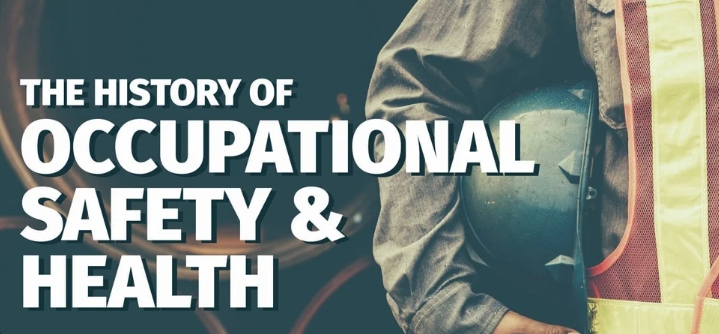Evolution of Workplace Safety: A Comprehensive History
Mudassar Hussain
4/27/20242 min read


Introduction
Understanding the history of workplace safety is crucial to appreciate the progress made in ensuring the health and safety of workers. From the Industrial Revolution to the Digital Age, the journey of workplace safety has been shaped by significant developments over the centuries.
Early Beginnings
The roots of workplace safety concerns can be traced back to Europe during the Industrial Revolution. As workers demanded better conditions, governments began regulating workplaces to enforce safety practices. Different industries developed their own safety standards independently, setting the stage for future advancements.
Mining Innovations
The late 1600s saw a rise in shaft mining due to technological advancements like the steam pump. Mines were once perilous environments, with risks of equipment accidents, collapses, and toxic gases. The invention of the safety lamp in 1816 revolutionized mining safety, along with advancements in lighting and battery-powered lamps.
Impact on Manufacturing
The shift to factory work brought new hazards, including poor ventilation and dangerous equipment. The Health and Morals of Apprentices Act in 1802 was a pivotal moment in improving working conditions in factories. Despite challenges, progress was made in ensuring the safety of factory workers.
Revolutionizing the Railroad Industry
Early rail systems faced safety challenges, such as boiler explosions and insufficient braking systems. The introduction of air brakes in the 1870s and safety regulations like the Federal Safety Appliance Act in 1893 marked significant milestones in enhancing railroad safety.
Agricultural Transitions
Agricultural workers historically faced health risks from infectious diseases and hazardous chemicals. Policy improvements and safety regulations have been instrumental in protecting agricultural workers from potential harm.
Recognition of Labor Rights
International observances like Labour Day and Labor Day pay tribute to workers' rights and safety. The creation of the International Labour Organization (ILO) in 1919 further emphasized the importance of promoting worker well-being globally.
Establishment of Regulations
In the 1970s, the US and Canada introduced key legislation to uphold occupational health and safety standards. The Occupational Health and Safety Administration (OSHA) in the US and the Canadian Centre for Occupational Health and Safety (CCOHS) played crucial roles in safeguarding workers' well-being.
Emphasis on Safety Training
The focus on safety training has intensified over the years, with organizations like the National Safety Council and OSHA prioritizing the education and empowerment of workers. Technological advancements have revolutionized safety training, making it more accessible and effective for workers.
Evolution in Workplace Safety
As workplaces evolve in the digital era, the safety of lone workers has become a prominent concern. Legislative measures and safety solutions now cater to the unique needs of lone workers, ensuring their well-being in various industries.
Conclusion
The evolution of workplace safety reflects a commitment to prioritizing the health and safety of workers across different industries. By learning from historical milestones and embracing modern advancements, organizations can create safer working environments for all.
